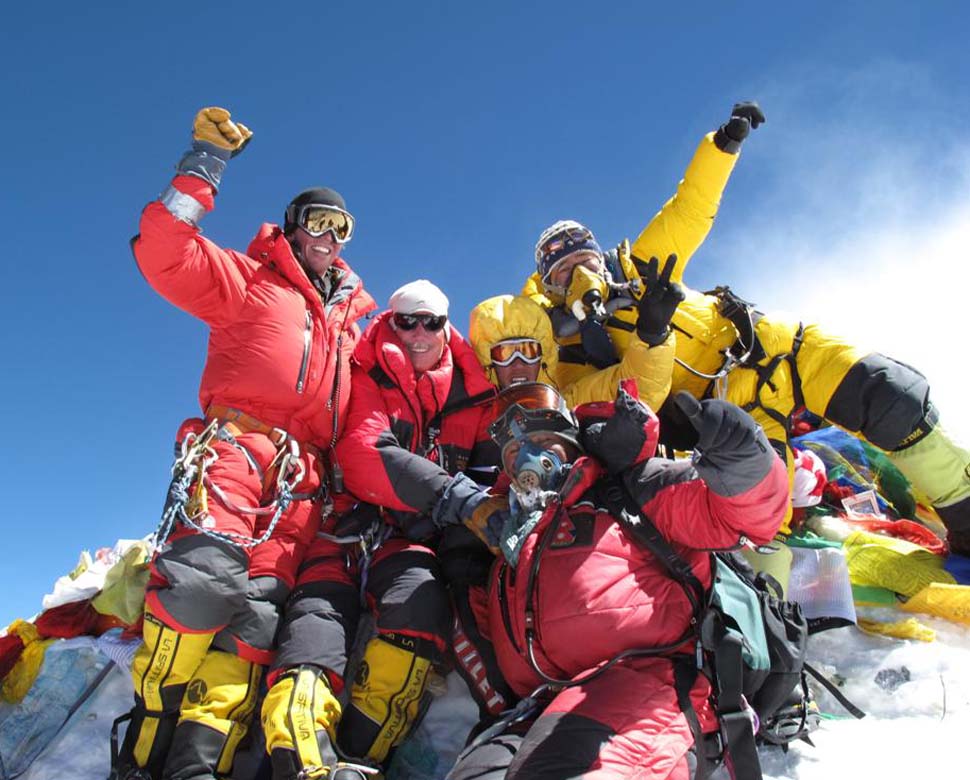
Embarking on an expedition requires meticulous planning and a comprehensive understanding of various elements crucial to its success. In this article, we will explore the eleven key factors that must be mastered for effective expedition planning.
From route selection and weather forecasting to logistics and team selection, each element plays a vital role in ensuring a smooth and efficient journey.
By following these guidelines, seasoned adventurers and aspiring explorers alike can enhance their preparedness and maximize their chances of a successful expedition.
Route Selection
One key aspect of successful expedition planning is the careful selection of an appropriate route. This involves considering factors such as trail difficulty and navigation techniques.
When choosing a route, it is crucial to assess the difficulty level of the trail. Factors such as elevation gain, terrain, and weather conditions should be taken into account to ensure the route is suitable for the expedition's skill level and physical fitness.
Additionally, navigation techniques play a vital role in route selection. Familiarity with map reading, compass use, and GPS navigation is essential to stay on track and avoid getting lost.
Adequate preparation and understanding of these navigation techniques can greatly contribute to a successful expedition by ensuring the chosen route is achievable and safe for all participants.
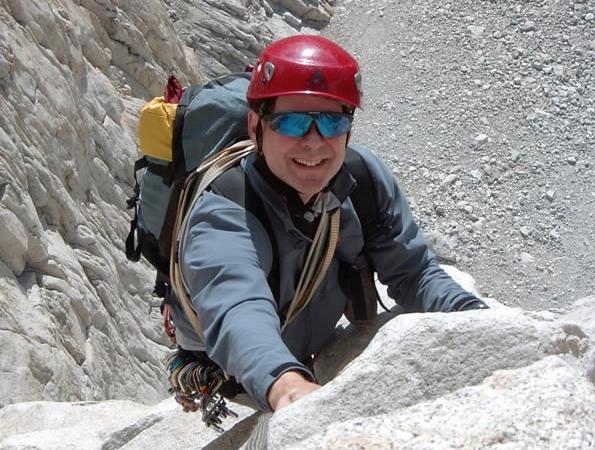
Weather Forecasting
Weather forecasting is a critical aspect that expedition planners must master in order to ensure the safety and success of their journey. Accurate knowledge of weather patterns allows planners to make informed decisions, mitigate risks, and maximize the chances of a successful expedition.
Here are five key elements to consider when it comes to weather forecasting:
Historical weather data analysis: Studying past weather patterns in the expedition area helps in understanding the typical weather conditions and identifying potential risks.
Local meteorological resources: Utilize local weather stations, meteorological websites, and forecasts specific to the expedition area for up-to-date and localized information.
Advanced weather modeling: Access to advanced weather modeling tools can provide valuable insights into future weather patterns, allowing for better risk assessment and decision-making.
Regular weather monitoring: Continuously monitor weather conditions before and during the expedition to identify any sudden changes or potential hazards.
Expert consultation: Seek advice from experienced meteorologists or weather experts to enhance the understanding of weather patterns and their implications for the expedition.

Logistics
When planning an expedition, careful attention to logistics is crucial for ensuring a smooth and successful journey. Logistics management involves the coordination of various aspects such as transportation, procurement, and inventory management. Effective logistics management ensures that the right equipment, supplies, and personnel are in the right place at the right time.
Transportation coordination plays a vital role in expedition planning, as it involves the selection of appropriate modes of transport, route planning, and scheduling. It is essential to consider factors such as terrain, weather conditions, and the capacity of transportation vehicles to ensure efficient movement throughout the expedition.
Team Selection
When it comes to team selection for a successful expedition, there are several crucial points to consider.
Firstly, the skills and expertise of team members play a vital role in ensuring the mission's success.
Compatibility and teamwork are equally important factors as they determine how well the team can collaborate and support each other in challenging situations.
Lastly, the size and diversity of the team should be carefully evaluated to ensure a balanced mix of talents and perspectives.
Skills and Expertise
The selection of a highly skilled and experienced team is crucial for successful expedition planning. When assembling a team, consider the following factors:
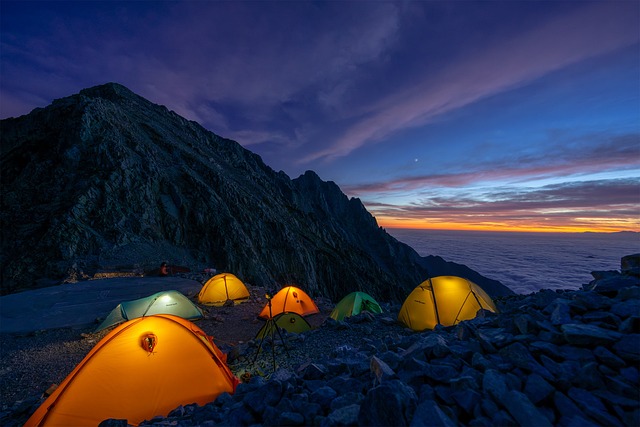
Diverse skill set: A team with a diverse range of skills, such as navigation, first aid, and survival techniques, ensures that all aspects of the expedition are covered.
Experience in similar environments: Team members with previous experience in similar terrains or climates can provide valuable insights and mitigate potential risks.
Physical fitness: Physical endurance and strength are essential for expedition planning, as team members must be able to withstand the physical demands of the journey.
Effective communication: Clear and efficient communication among team members is vital for coordination, problem-solving, and ensuring everyone's safety.
Skills development and training programs: Investing in skills development and training programs can equip team members with the necessary knowledge and expertise to handle challenging situations.
Compatibility and Teamwork
As the discussion transitions to the subtopic of compatibility and teamwork in team selection for successful expedition planning, it is important to consider the dynamics and cohesion of the team. Building a team with individuals who can work well together is crucial for a smooth and successful expedition.
Team dynamics play a significant role in the overall effectiveness and efficiency of the team. When selecting team members, it is important to assess their communication skills and their ability to work collaboratively. Effective communication strategies are essential for maintaining clear and open lines of communication during the expedition. This includes both verbal and non-verbal communication, as well as active listening and effective feedback.

Size and Diversity
To ensure successful expedition planning, careful consideration must be given to the size and diversity of the team selected. The team's dynamics and cultural considerations play a crucial role in the overall success of the expedition. Here are five key elements to consider when selecting a team:
Skillset: Choose team members with diverse skill sets that complement each other and cover all necessary areas for the expedition.
Experience: Ensure the team has a mix of experienced individuals who can provide guidance and mentorship to less experienced members.
Physical fitness: Select team members who are physically fit and capable of enduring the challenges of the expedition.
Communication skills: Effective communication within the team is essential for coordination, decision-making, and problem-solving.
Cultural competence: Consider cultural diversity within the team to promote understanding and respect for different perspectives and customs.
Equipment Checklists
When it comes to successful expedition planning, having the right equipment is crucial.

In order to ensure that you are well-prepared for your journey, it is important to have an equipment checklist in place.
This checklist should include essential gear recommendations, packing strategies for efficiency, and maintenance and repair tips to keep your equipment in optimal condition throughout your expedition.
Essential Gear Recommendations
One crucial aspect of successful expedition planning is ensuring you have the necessary gear and equipment. Having the right gear can make all the difference in the success and safety of your expedition. Here are five essential gear recommendations to consider for your next adventure:
High-quality backpack: A durable, comfortable backpack with ample storage is essential for carrying all your gear.
Reliable tent: Choose a tent that is lightweight, easy to set up, and weather-resistant to protect you from the elements.
Proper footwear: Invest in sturdy hiking boots or shoes that provide excellent traction and support to prevent foot injuries.
Layered clothing: Pack a variety of clothing layers to adapt to changing weather conditions and keep you warm and dry.
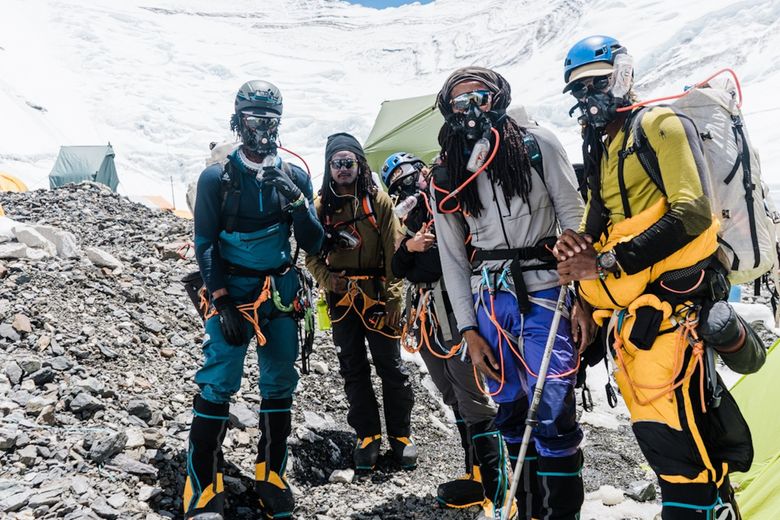
Navigation tools: Bring a map, compass, and GPS device to ensure you can navigate your way through unfamiliar terrain.
Packing Strategies for Efficiency
In order to maximize efficiency and ensure you have all the necessary gear, it is imperative to utilize comprehensive equipment checklists when packing for your expedition.
These checklists serve as a guide to help you organize and prioritize your gear, ensuring that you don't forget any essential items.
When creating your checklist, consider employing packing hacks and adopting a minimalist approach.
Packing hacks can help optimize space and make your gear more accessible, such as using compression sacks or packing cubes.
Adopting a minimalist approach involves bringing only essential items and avoiding unnecessary duplicates or items that have limited utility.
Maintenance and Repair Tips
To ensure the longevity and functionality of your equipment, it is essential to include maintenance and repair tips in your comprehensive equipment checklists. Proper maintenance can save you from unexpected equipment failures and costly repairs while you are on your expedition.

Here are some maintenance tips and repair techniques to consider:
- Regularly clean and lubricate your equipment to prevent rust and ensure smooth operation.
- Inspect your gear for any signs of wear and tear, such as frayed ropes or damaged straps, and repair or replace them as needed.
- Check and tighten all screws, bolts, and fasteners to ensure they are secure.
- Store your equipment properly in a clean and dry area to prevent damage from moisture and pests.
- Familiarize yourself with basic repair techniques for common equipment issues, such as fixing a broken tent pole or patching a leaking air mattress.
Emergency Plans
Effective emergency planning is crucial for the success and safety of any expedition. It involves developing comprehensive emergency response strategies and establishing clear communication protocols. In the event of an emergency, a well-prepared expedition team should be able to respond promptly and effectively to minimize risks and mitigate potential harm.
The first step in emergency planning is identifying potential risks and hazards specific to the expedition's location and activities. This includes evaluating the environment, weather conditions, and any potential health or safety concerns. Once the risks are identified, a thorough emergency response plan should be developed. This plan should include detailed procedures for various emergency scenarios, such as medical emergencies, natural disasters, or equipment failures.
Communication protocols are a critical component of emergency planning. Establishing efficient communication channels among team members, as well as with external emergency services, ensures timely and accurate information exchange during emergencies. This may involve using radios, satellite phones, or other communication devices.
Regular training and drills should be conducted to familiarize team members with the emergency response plan and communication protocols. This helps to ensure a swift and coordinated response in high-stress situations. Additionally, all expedition members should be aware of the location of emergency equipment and supplies, such as first aid kits, fire extinguishers, or emergency shelters.
Permits
Developing a thorough understanding of the necessary permits is essential for successful expedition planning. When it comes to obtaining permits, there are certain factors to consider. Here are five key points to keep in mind:
Research the permit application process: Each location has its own unique requirements and procedures for obtaining permits. It is crucial to thoroughly research and understand the application process before starting.
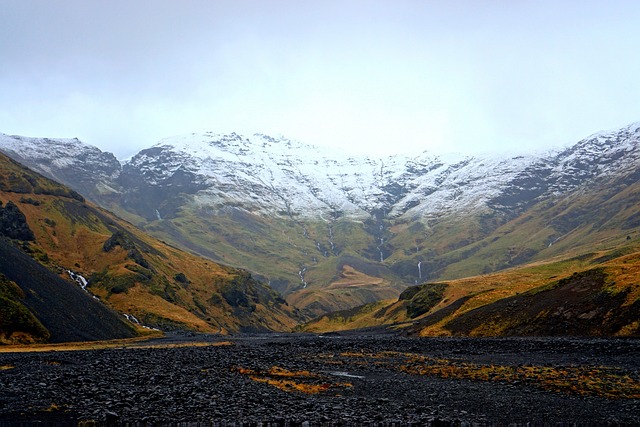
Identify permit restrictions: Different permits may have specific restrictions, such as limited group sizes, designated camping areas, or restricted access during certain seasons. Familiarize yourself with these restrictions to avoid potential issues during your expedition.
Plan ahead: Permit availability can be limited, especially in popular destinations. It is advisable to plan well in advance and secure the necessary permits as early as possible.
Follow the rules: Ensure you adhere to all permit regulations and guidelines. Failure to comply may result in fines or the revocation of your permit.
Communicate with local authorities: It is important to establish open lines of communication with local authorities responsible for issuing permits. They can provide valuable information and guidance throughout the process.
Food and Water Supplies
When planning an expedition, it is crucial to consider the calorie requirements for treks and the methods for purifying water.
Calculating the necessary calorie intake based on the duration and intensity of the trek will ensure that adventurers have enough energy to sustain them throughout the journey.
Additionally, implementing effective water purification methods will guarantee a safe and sufficient supply of drinking water, reducing the risk of waterborne illnesses.

Mastering these elements of food and water supplies is essential for a successful expedition.
Calorie Requirements for Treks
Planning a successful trek involves carefully calculating the calorie requirements for the expedition and ensuring an adequate supply of food and water. Proper nutrition planning and hydration strategies are essential for maintaining energy levels and staying hydrated throughout the trek.
Here are five important factors to consider when it comes to calorie requirements for treks:
- Understanding the physical demands of the trek and estimating the number of calories needed per day.
- Packing lightweight, high-calorie food options that are easy to prepare and provide a good balance of nutrients.
- Including a variety of foods to ensure a well-rounded diet and prevent nutritional deficiencies.
- Planning for snacks to keep energy levels up during breaks and strenuous sections of the trek.
- Implementing hydration strategies such as carrying enough water and using water purification methods to ensure a safe and sufficient supply.
Purification Methods for Water
Water purification methods are crucial for ensuring the safety and quality of food and water supplies during expeditions. When it comes to maintaining good health and preventing waterborne illnesses, it is essential to have reliable water purification techniques in place.
There are various water treatment options available, each with its own advantages and disadvantages. Some popular methods include boiling, chemical purification, filtration, and ultraviolet (UV) disinfection.
Boiling water is a simple and effective method that kills most microorganisms, but it requires a heat source and can be time-consuming. Chemical purification involves using tablets or drops to disinfect water, but it may leave an unpleasant taste.
Filtration systems remove bacteria, protozoa, and some viruses, but they may not be effective against all contaminants. UV disinfection uses ultraviolet light to kill microorganisms, but it requires batteries or a power source.
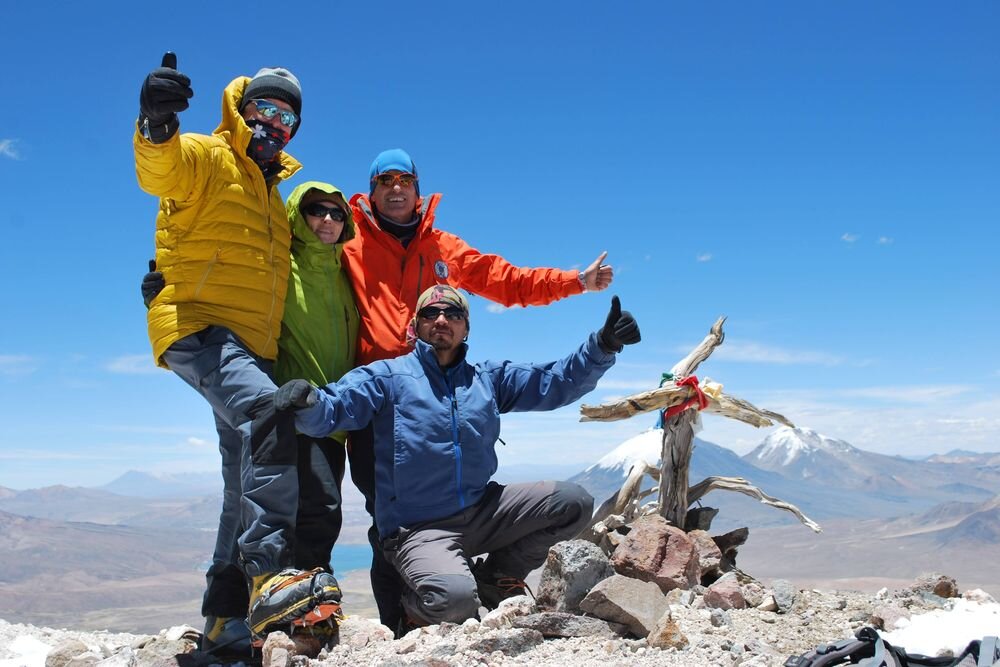
It is important to carefully consider the pros and cons of each method and choose the most appropriate water purification technique for your expedition.
Safety Measures
One crucial safety measure to consider during expedition planning is the implementation of a comprehensive emergency response plan. This plan should include protocols for various emergency situations such as injuries, accidents, or unexpected events.
Here are five important safety measures to incorporate into your expedition planning:
Hiking boots: Ensure that all participants have appropriate footwear to prevent injuries and provide stability on different terrains.
First aid: Equip yourself and your team with a well-stocked first aid kit, including essential items such as bandages, antiseptic wipes, and pain relievers.
Communication devices: Carry reliable communication devices like satellite phones or radios to stay connected with the outside world in case of emergencies.
Emergency shelter: Pack lightweight emergency shelters like tents or bivouac bags to provide protection from extreme weather conditions.
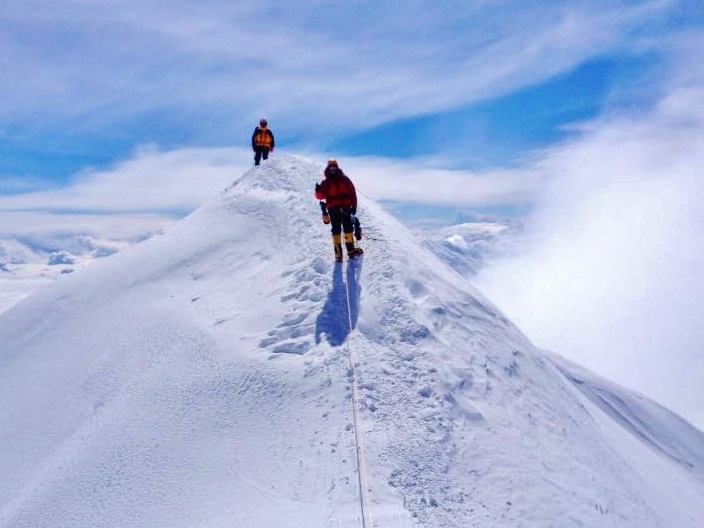
Navigation tools: Carry maps, compasses, and GPS devices to avoid getting lost and to navigate safely during the expedition.
Health Preparations
To ensure the well-being and physical readiness of expedition participants, thorough health preparations are essential. One crucial aspect of health preparations is obtaining travel insurance. Expedition participants should have comprehensive travel insurance coverage that includes medical evacuation and emergency medical expenses. This ensures that in case of any unforeseen medical emergencies during the expedition, participants will have access to necessary medical treatments and evacuation services.
Another important aspect of health preparations is altitude acclimatization. When planning an expedition in high-altitude areas, it is crucial to allow enough time for participants to acclimatize to the altitude gradually. This helps to prevent altitude sickness, a potentially life-threatening condition that can occur at high altitudes. Expedition leaders should design itineraries that include gradual ascent profiles, rest days, and proper hydration to facilitate the acclimatization process.
Budgeting
After addressing the crucial aspects of health preparations, the next important element to master for successful expedition planning is budgeting. Proper budgeting is essential to ensure that all necessary expenses are accounted for and that the expedition stays within financial limits. Here are five key considerations for effective budgeting:
Cost estimation: Thoroughly research and estimate the costs associated with transportation, accommodation, permits, equipment, food, and any other expenses relevant to the expedition.
Contingency fund: Allocate a portion of the budget for unexpected expenses or emergencies that may arise during the expedition.
Prioritization: Determine which expenses are essential and allocate funds accordingly, focusing on the most critical aspects of the expedition.
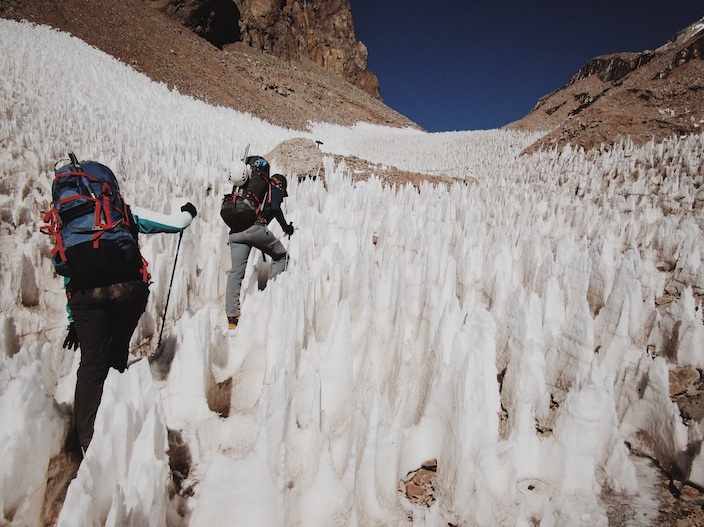
Tracking expenses: Keep meticulous records of all expenses incurred during the planning and execution of the expedition.
Regular review: Continuously monitor the budget throughout the expedition to ensure that costs are being managed effectively and adjustments can be made if necessary.
 Travel AdviceDigital NomadsExPat LivingTravel Content Creation HacksPlaces to VisitAdventure TravelPrivacy PolicyTerms And Conditions
Travel AdviceDigital NomadsExPat LivingTravel Content Creation HacksPlaces to VisitAdventure TravelPrivacy PolicyTerms And Conditions
